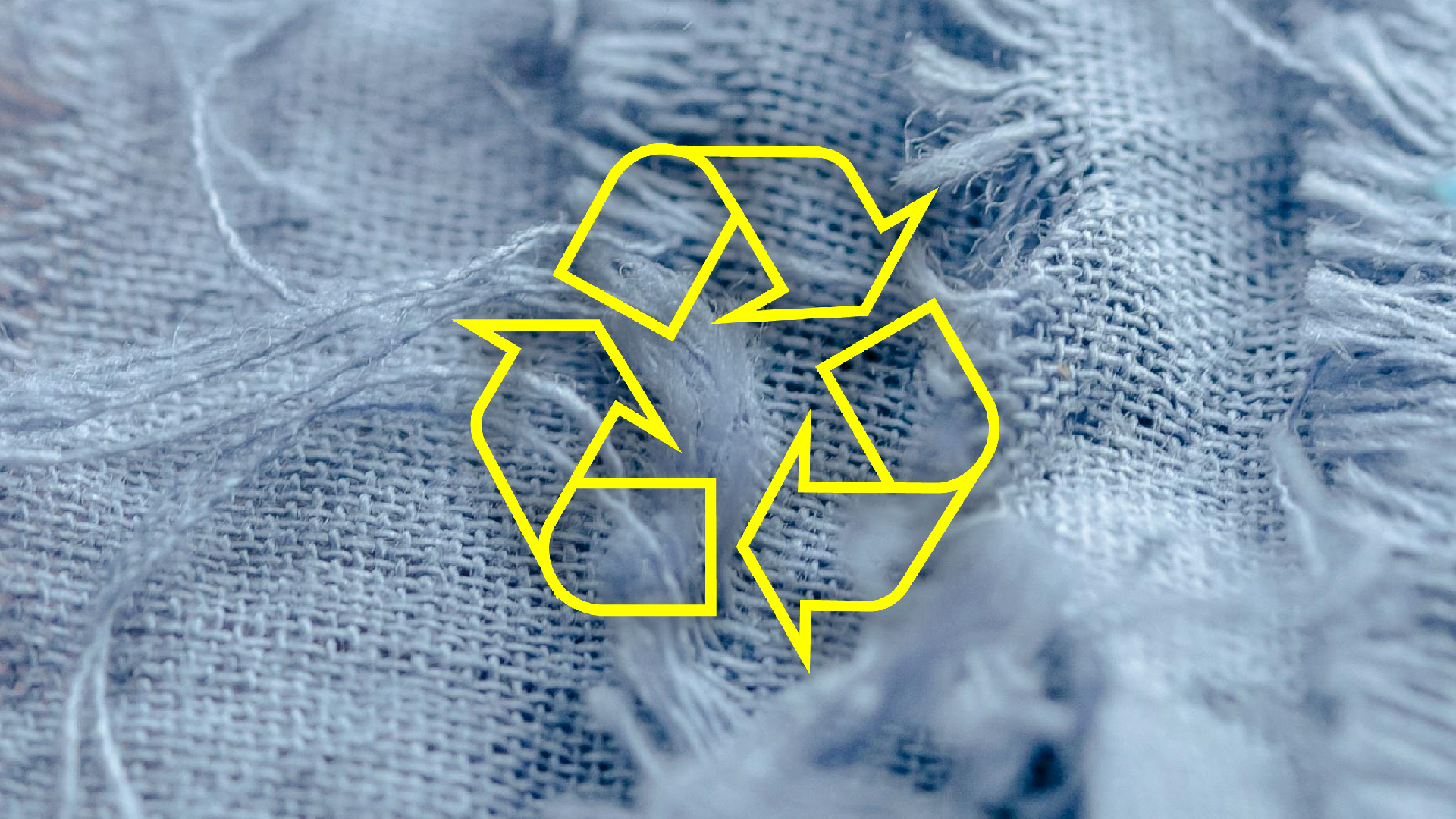What is circularity?
Image by Noah Buscher via Unsplash.
23 August 2023
Among many of the environmental problems associated with the fashion industry — biodiversity loss, land use, GHG emissions — there is one that has become more and more ubiquitous in recent years: overproduction. Globally, it is estimated that the fashion industry produces 100 billion garments each year1, 73% of which end up incinerated or in landfills as textile waste and only 1% are recycled.2
In recent years, various NGOs and the media alike have brought this problem to the forefront of the sustainability debate, reporting on the seemingly never-ending streams of textile waste found in places like Accra in Ghana3, or the Atacama desert in Chile.4 Textiles take up to 200+ years to biodegrade5, releasing greenhouse methane gas and toxic chemicals and dyes that pollute the soil. This leads to the degradation of the flora and fauna of the ecosystem.6 It’s clear that the industry cannot continue with business as usual, and it must look for ways to reduce its environmental impact to stay in line with the 1.5 degrees target of the Paris Agreement.
Circularity offers us a new way of conducting business — making us rethink how we use, produce, and consume fashion. A circular fashion industry refers to an industry that steers away from the “take-make-waste” linear business model under which the industry currently operates. And instead, focuses on producing less, as well as producing intentionally. This is to say, producing garments to be reused and recycled. This means focusing on the beginning and end of a product lifecycle, resulting in a more thoughtful and considerate supply chain that: 1) phases out waste and pollution, 2) circulates products, and 3) allows for nature to regenerate.7
What does this look like in practice? Circularity is not a newly coined term or practice. Academics and business professionals have been talking about a “circular economy” for years now, and certain industries, like the glass and carton industries, have already adopted a closed-loop system and design their products with circularity in mind. Recycling of beverage cartons in Europe, for example, has steadily increased over recent decades, with around a 51% recycling rate in 2019, with some countries, like Belgium or Germany, officially recording rates over 70%.8 Unfortunately, the fashion industry is far behind. This is due to the complex combination of natural, man-made, and synthetic fibres that are used to create our clothes.
However, the change towards a sustainable and circular fashion industry is already taking place. Consumers are more and more aware of the environmental impact of the industry, demanding more sustainable practices from brands and retailers. This is being further supported by new legislation, taking place mainly in Europe, set up to transition the EU to a circular economy. Examples of such pieces of legislation are:
- The Circular Economy Action Plan
- EU strategy for sustainable textiles
- Ecodesign for Sustainable Products Regulation
There are also many emerging technological innovations which focus across the different areas of the fashion supply chain that are accelerating this transition. Over the past five years, Fashion for Good has supported over 173 innovators across the following areas:
All in all, embracing circularity in the fashion industry represents a pivotal shift towards a more sustainable and responsible future. Circular practices offer the potential to phase out waste and pollution and reduce pressure on natural resources, essential steps in reducing the industry’s environmental impact. While the fashion industry has been slow to adopt circular principles, consumer awareness, disruptive innovation, and new legislation are propelling the necessary changes forward.
1. Mckinsey & Company (2016). Style that’s sustainable: A new fast-fashion formula. Read more here.
2. https://ellenmacarthurfoundation.org/topics/fashion/overview
4. https://www.aljazeera.com/gallery/2021/11/8/chiles-desert-dumping-ground-for-fast-fashion-leftovers
5. Elyse R. Stanes, E., & R. Gibson, C. (2017). Materials that linger: An embodied geography of polyester clothes. https://doi.org/10.1016/j.geoforum.2017.07.006
6. https://www.roadrunnerwm.com/blog/textile-waste-environmental-crisis
7. Based on Ellen McArthur’s three principles for a circular economy. Read more here.
8. ACE – The Alliance for Beverage Cartons and the Environment (2021). Beverage Carton Recycling Facts & Figures. Available here.
9. https://www.vogue.co.uk/fashion/article/recycling-fashion
Other Articles

In conversation with Smartex: Explore Smartex’s AI-driven solutions transforming quality control and reducing waste

Fashion for Good and Textile Exchange Team Up to Trace Textile Waste

